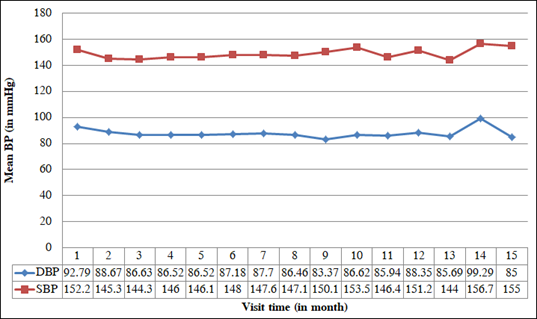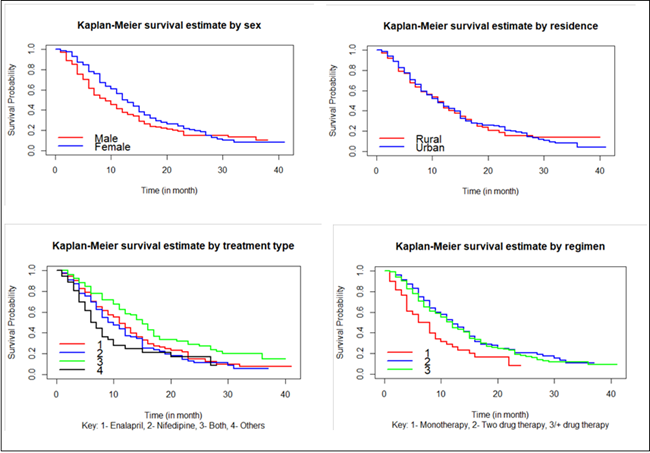Joint modeling of longitudinal changes of blood pressure and time to remission of hypertensive patients receiving treatment: Bayesian approach
Conference
65th ISI World Statistics Congress
Format: CPS Abstract - WSC 2025
Session: CPS 8 - Statistical and Machine Learning Methods in Clinical and Public Health Research
Tuesday 7 October 4 p.m. - 5 p.m. (Europe/Amsterdam)
Abstract
Hypertension is widespread when the blood’s force on the artery walls is extremely high to develop adverse health effects. This paper aimed to jointly model the longitudinal change of blood pressures (systolic and diastolic) and time to the first remission of hypertensive outpatients receiving treatment. A retrospective study design was used to collect appropriate data on longitudinal changes in blood pressure and time-to-event from the medical charts of 301 hypertensive outpatients under follow-up at Felege Hiwot referral hospital, Ethiopia. The data was explored using summary statistics measures, individual profile plots, Kaplan-Meier plots, and log-rank tests. To get wide-ranging information about the progression, joint multivariate models were employed. A total of 301 hypertensive patients who take treatment were taken from Felege Hiwot referral hospital recorded between Sep. 2018 to Feb. 2021. Of this 153 (50.8%) were male, and 124 (49.2%) were residents from rural areas. About 83(27.6%), 58 (19.3%), 82 (27.2%), and 25 (8.3%) have a history of diabetes mellitus, cardiovascular disease, stroke, and HIV respectively. The median time of hypertensive patients to have first remission time was 11 months. The hazard of the patient’s first remission time for males was 0.63 times less likely than the hazard for females. The time to attain the first remission for patients who had a history of diabetes mellitus was 46% lower than for those who had no history of diabetes mellitus. Blood pressure dynamics significantly affect the time to the first remission of hypertensive outpatients receiving treatment. The patients who had a good follow-up, lower BUN, lower serum calcium, lower serum sodium, lower hemoglobin, and took the treatment enalapril showed an opportunity to decrease their blood pressure. This compels patients to experience the first remission early. Besides, age, patient’s history of diabetes, the patient’s history of cardiovascular disease, and treatment type were the joint determinant factors for the longitudinal change of BP and the first remission time. The Bayesian joint model approach provides specific dynamic predictions, wide-ranging information about the disease transitions, and better knowledge of disease etiology.
Figures/Tables
Independent Var

Log rank

Mean BP

Kaplan Meier

Kaplan Meier2

Cox

